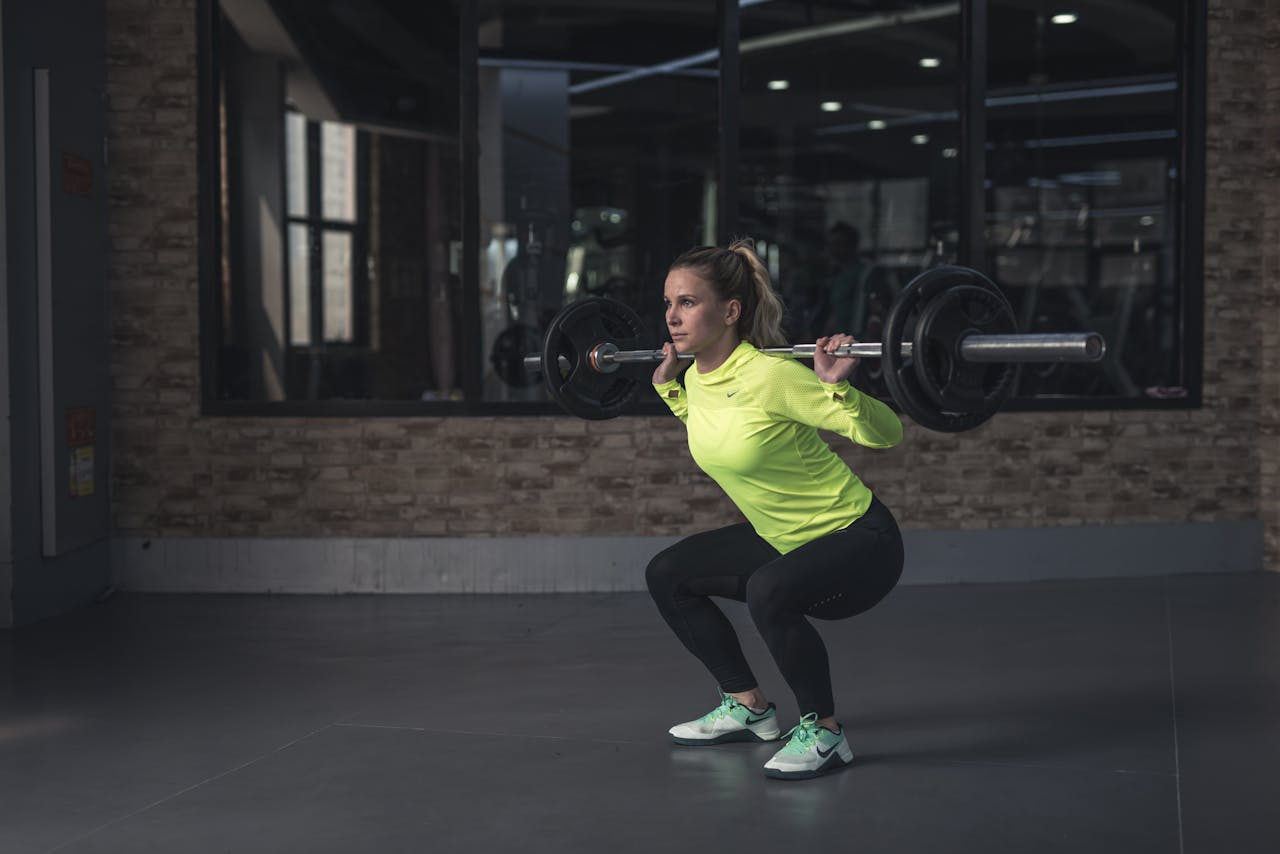A balanced routine is like a well-tuned orchestra where every section plays a role. When you focus solely on one area (for example, doing only cardio), you risk muscle imbalances, plateaus, and even injury. Research and expert advice confirm that combining different types of exercise leads to:
- Improved overall strength and endurance.
- Better cardiovascular health.
- Enhanced flexibility and mobility.
- Reduced injury risk through proper recovery.
By integrating multiple exercise forms, you ensure that every muscle group is engaged, and your body has ample time to repair and build (fnm.com.au).
Core Components of a Balanced Routine
1. Cardio
Purpose:
Cardio exercises strengthen your heart, improve lung capacity, and help burn calories.
Data & Guidelines:
- Aim for at least 150 minutes of moderate-intensity or 75 minutes of vigorous-intensity cardio per week (fnm.com.au, verywellhealth.com).
- Activities such as running, cycling, swimming, or even brisk walking contribute significantly to overall cardiovascular fitness.
2. Strength Training
Purpose:
Building and maintaining muscle mass improves metabolism, supports joint health, and enhances overall functional strength.
Data & Guidelines:
- Incorporate strength training 2–3 times per week, targeting all major muscle groups.
- Studies suggest that progressive overload (gradually increasing resistance) can lead to significant strength gains and muscle preservation (hiptrain.com).
3. Flexibility & Mobility
Purpose:
Flexibility exercises like yoga and stretching improve range of motion, reduce muscle stiffness, and lower injury risks.
Data & Guidelines:
- Dedicate at least 10–15 minutes post-workout for static stretching, or include a full yoga session on rest days (fnm.com.au, news.com.au).
4. Rest and Recovery
Purpose:
Rest days are critical. They allow your muscles to repair, adapt, and grow stronger while preventing overtraining.
Data & Guidelines:
- Plan for at least one to two rest or active recovery days per week.
- Active recovery might include light activities such as walking, stretching, or gentle yoga to keep your body moving without strain (fnm.com.au, news.com.au).
How to Create Your Balanced Workout Routine: A Step-by-Step Guide
Step 1: Assess Your Goals and Fitness Level
- Define Your “Why”: Determine whether your goals include weight loss, muscle gain, improved endurance, or overall wellness. Personal motivation is key for long-term adherence (gq.com).
- Evaluate Your Current Fitness: Begin with a fitness assessment—measure your baseline strength, endurance, and flexibility to guide exercise intensity.
Step 2: Choose the Right Exercises
- For Cardio: Pick activities you enjoy (running, cycling, swimming) that keep your heart rate in a target zone.
- For Strength: Focus on compound lifts (squats, deadlifts, push-ups) to engage multiple muscle groups and add isolation moves later for balanced development (hiptrain.com, nypost.com).
- For Flexibility: Incorporate dynamic stretches during warm-ups and static stretches during cool-downs, or schedule dedicated yoga sessions.
Step 3: Structure Your Week
A sample weekly plan might look like this:
- Monday:
- Full-Body Strength Training
- Warm up with 5–10 minutes of light cardio.
- 3 sets of 8–12 reps for exercises like squats, lunges, push-ups, and rows.
- Cool down with stretching.
- Tuesday:
- Cardio & Core
- 20–30 minutes of moderate cardio (running, cycling) followed by 10–15 minutes of core exercises (planks, Russian twists).
- Wednesday:
- Flexibility & Mobility
- A 30–45 minute yoga session focusing on balance and deep stretching.
- Thursday:
- Upper Body Strength
- Exercises such as bench presses, shoulder presses, and bicep curls for 3 sets of 8–12 reps.
- Friday:
- High-Intensity Interval Training (HIIT)
- Alternate 30 seconds of high-intensity work with 30 seconds of rest for 20–30 minutes.
- Saturday:
- Recreational Activity/Outdoor Exercise
- Enjoy an activity like hiking, cycling, or a sport for 30–60 minutes.
- Sunday:
- Rest and Recovery
- Engage in light stretching or a gentle walk.
This varied structure ensures you’re hitting all fitness domains while allowing your body adequate time to recover (news.com.au, allianceortho.com).
Step 4: Monitor Progress and Adjust
- Track Key Metrics: Monitor improvements in strength, endurance, and flexibility rather than just weight loss.
- Data-Driven Adjustments: Use tools like heart rate monitors and progress journals to assess if you’re advancing toward your goals. Adjust intensity, volume, or exercise selection based on your data (businessinsider.com).
Step 5: Embrace Recovery
- Prioritize Sleep and Nutrition: Recovery isn’t just about rest days—it also includes proper nutrition (with sufficient protein) and sleep (7–9 hours per night) to support muscle repair (nypost.com, gq.com).
- Active Recovery: Consider light activities on off days to maintain blood flow and reduce soreness.
Expert Tips for Long-Term Success
- Consistency Over Perfection: A routine you can stick with is more important than an overly ambitious plan that leads to burnout (gq.com).
- Listen to Your Body: Adjust the workload if you feel overtrained or sore; gradual progress minimizes injury risks.
- Mix It Up: Periodically change exercises or training splits to challenge your body and keep the routine engaging (time.com).
Conclusion
Creating a balanced workout routine involves integrating cardio, strength training, flexibility work, and rest into your weekly schedule. By setting clear goals, selecting the right exercises, and monitoring your progress with data-driven methods, you can build a routine that not only boosts your physical fitness but also enhances your overall well-being.
Embrace the science, follow expert guidelines, and enjoy your journey to a healthier, stronger you.

